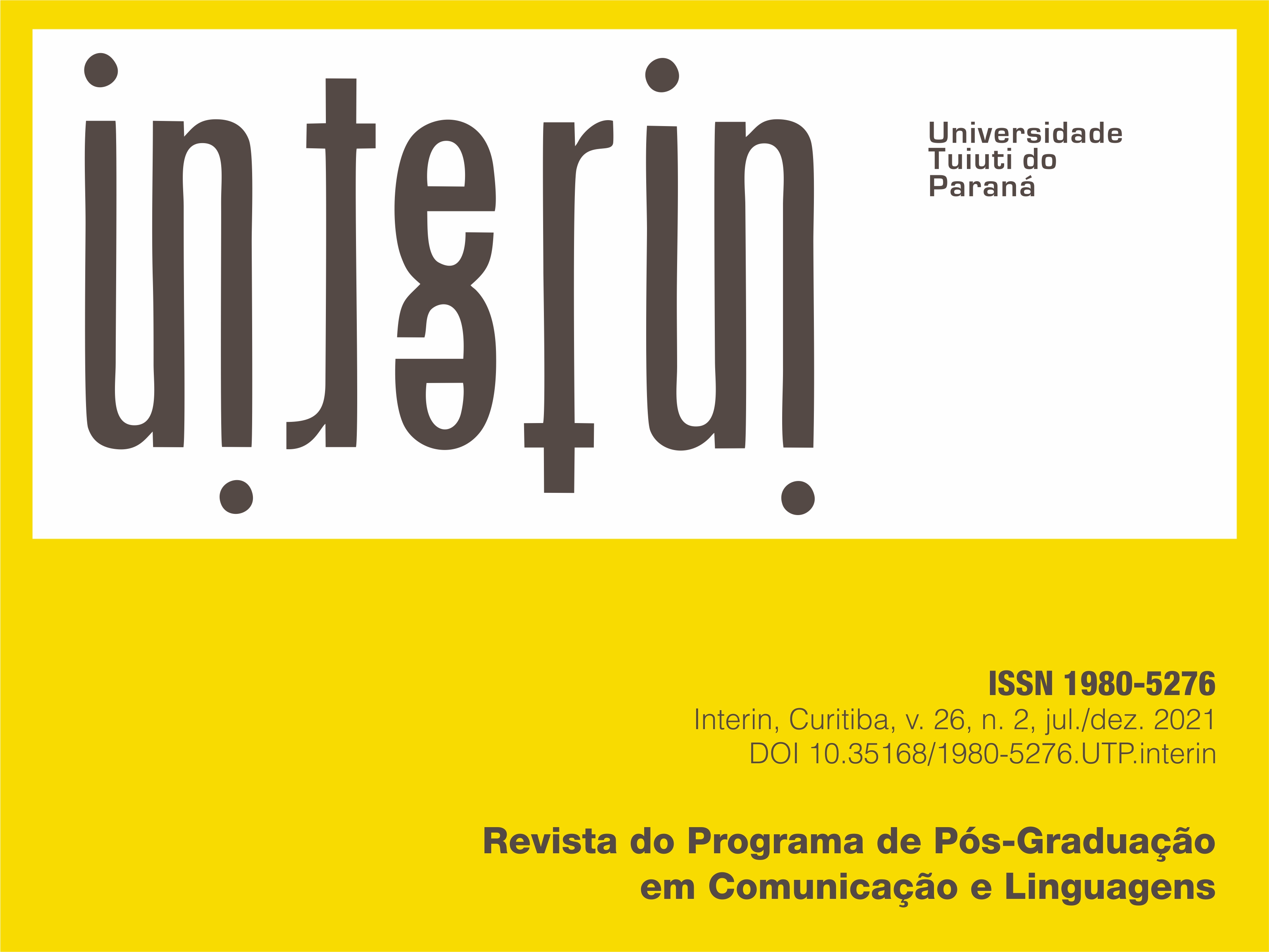"A vida é tão rara": a visibilidade da ciência e da saúde nas telas do Jornal Nacional na pandemia da Covid-19
Resumo
A articulação entre telejornalismo e ciência é o foco da pesquisa que se propõe a analisar as estratégias discursivas do Jornal Nacional na edição em que o Brasil marcou um ano desde o registro oficial do primeiro caso de Covid-19. Para isso, recorremos às teorias ligadas ao jornalismo audiovisual, desinformação, comunicação e saúde e enunciação didática, cujas reflexões fundamentam a elaboração dos dois operadores analíticos da Análise da Materialidade Audiovisual de Coutinho (2016): 1) de que forma o telejornalismo produzido pelo JN consegue (ou não) comprovar a eficácia das pesquisas no combate à pandemia; 2) quais as estratégias utilizadas pelo Jornal Nacional para o combate às fake news e à divulgação da ciência. A pesquisa indica que o noticiário tem adotado uma linguagem didática no sentido de reforçar as orientações das instituições científicas e seus agentes acerca do combate à pandemia.
Copyright (c) 2021 INTERIN

This work is licensed under a Creative Commons Attribution-NonCommercial-ShareAlike 4.0 International License. Cedo à revista Interin os direitos autorais de publicação de meu artigo e consultarei o editor científico da revista caso queira republicá-lo depois em livro. O trabalho publicado é considerado colaboração e, portanto, o autor não receberá qualquer remuneração para tal, bem como nada lhe será cobrado em troca para a publicação. Os textos são de responsabilidade de seus autores. Citações e transcrições são permitidas mediante menção às fontes.


